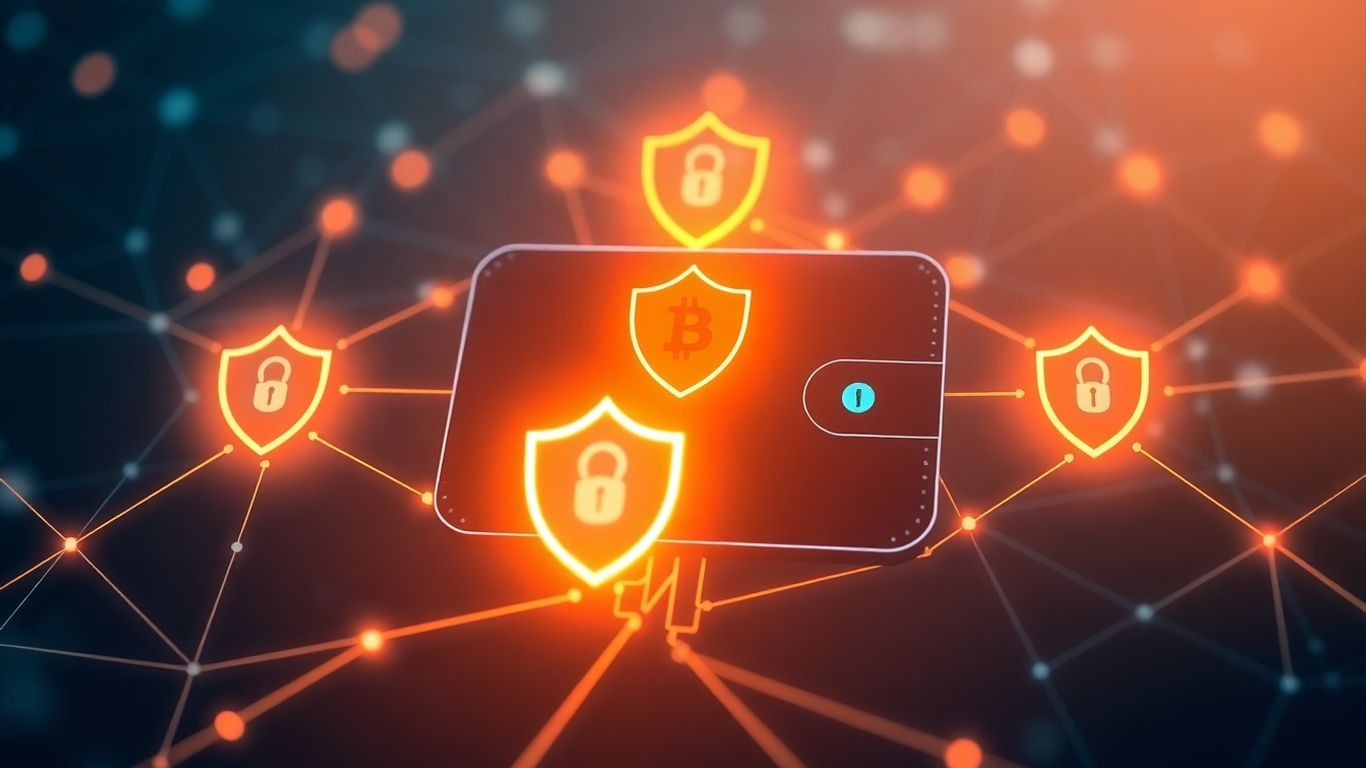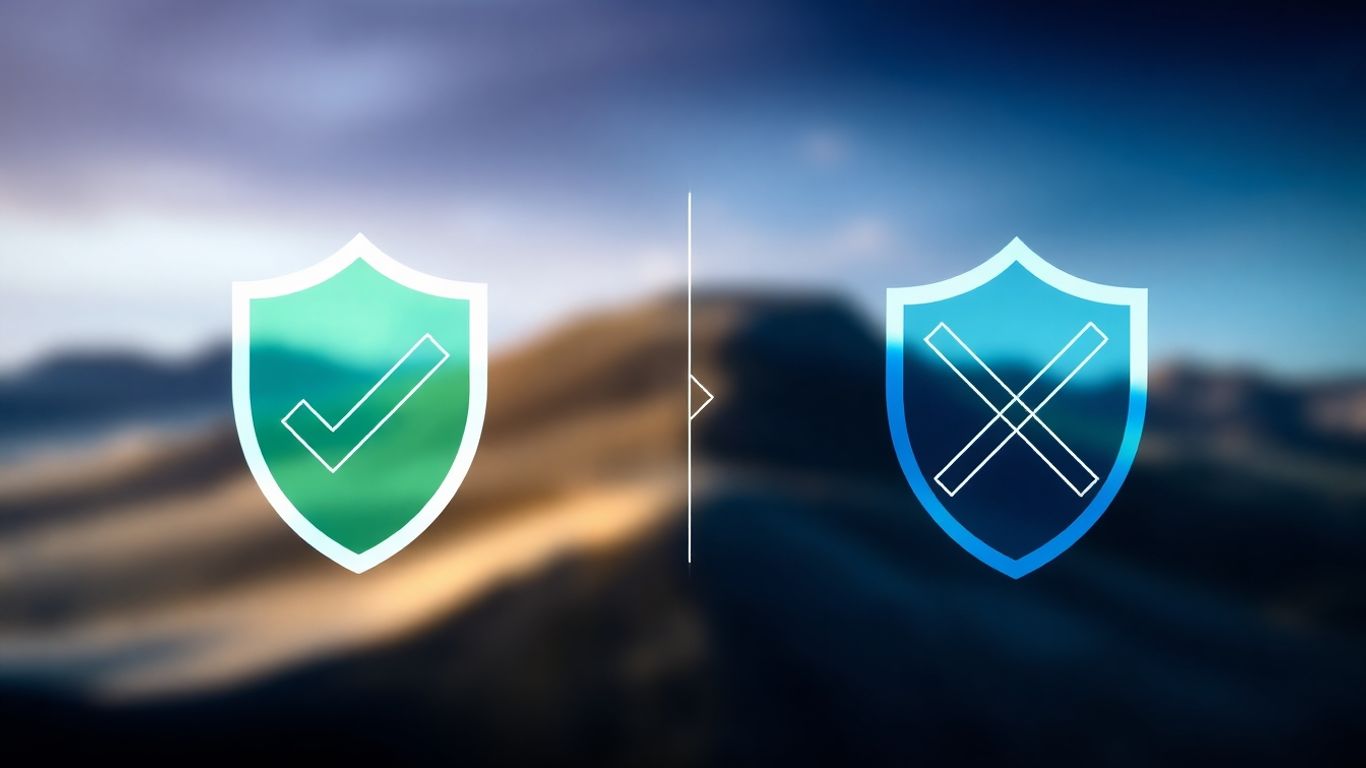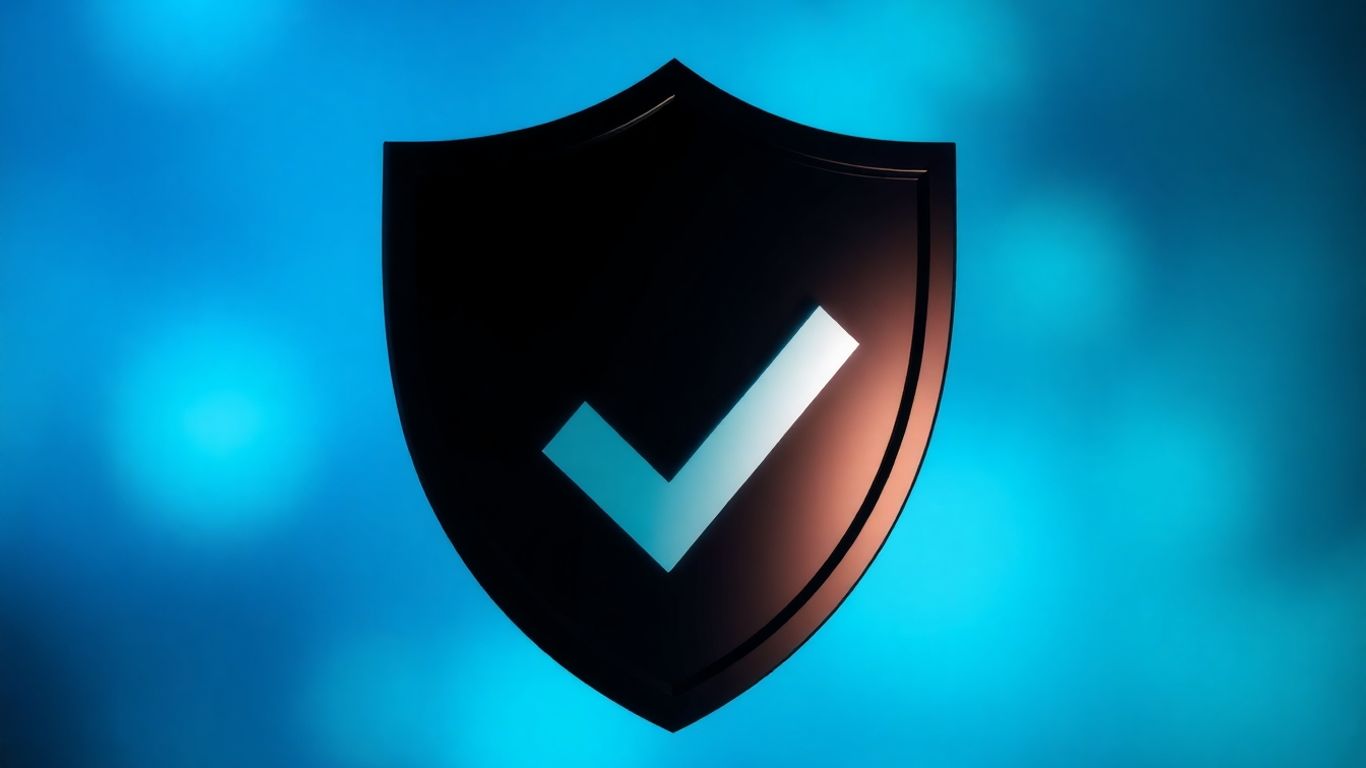[ newsletter ]
Stay ahead of Web3 threats—subscribe to our newsletter for the latest in blockchain security insights and updates.
Thank you! Your submission has been received!
Oops! Something went wrong. Please try again.
Explore MPC wallets: a comprehensive guide to multi-party computation security, advantages over multisig, and real-world applications. Learn about MPC technology.





Keeping your digital money safe is a big deal, right? We hear about hacks and scams all the time, and it makes you wonder how to actually protect your crypto. For a while now, people have been talking about different kinds of wallets, and one that's getting a lot of attention is called an MPC wallet. It sounds complicated, but it's basically a smarter way to handle your digital assets. Think of it as a high-tech security system for your coins.
When we talk about digital assets, security is always the big question, right? Traditional wallets, like the ones you might use for everyday cash, have their own security measures, but in the digital world, things get a bit more complicated. That's where Multi-Party Computation, or MPC, wallets come into play. They're shaking things up by offering a different approach to keeping your digital stuff safe.
At its heart, an MPC wallet is all about sharing the responsibility for a private key. Instead of one single, super-secret key that controls everything, MPC breaks that key into pieces, called shards. These shards are distributed among different parties or devices. Think of it like a group of friends needing to agree on something before a decision is made – no single person can act alone. This distributed nature is the fundamental security advantage of MPC. The magic happens because these shards are never put back together. They're used in a special way to authorize transactions without ever revealing the full private key to any single entity.
So, how does this actually make things more secure? Well, with traditional wallets, if someone gets their hands on your private key (or your seed phrase, which is basically the same thing), they have full access to your assets. It's like losing the master key to your entire vault. MPC wallets sidestep this problem. Since the private key is split, compromising one shard doesn't give an attacker the whole picture. They'd need to get multiple shards, and even then, the MPC protocol is designed so that the key itself is never fully reconstructed. This makes it incredibly difficult for hackers to steal your funds, even if they manage to breach one part of the system.
MPC wallets bring a few big benefits to the table compared to older methods:
The way MPC wallets work means that the private key itself is never truly known by any single participant. It's a clever cryptographic trick that allows multiple parties to collectively sign transactions without ever exposing the sensitive information that would allow for theft.
So, how does this whole MPC wallet thing actually work? It's not magic, though it might feel like it sometimes. The core idea is to break down the private key, the super-secret code that controls your digital money, into pieces. These pieces, called 'shards,' are then spread out among different places or people. This means no single entity ever holds the complete key, which is a big deal for security. It’s like having a safe that requires multiple people to turn their own unique key simultaneously to open it.
Multiparty Computation, or MPC for short, is the cryptographic backbone of these wallets. Think of it as a way for several parties to jointly compute something – like signing a transaction – without revealing their individual private information to each other. Each participant holds a piece of the puzzle, a key shard. When a transaction needs signing, these shards are used in a coordinated dance. The magic is that the full private key is never reconstructed or exposed to any single party. This distributed approach is what makes MPC wallets so resilient against attacks that would target a single point of failure, like a traditional wallet’s private key. You can read more about MPC wallets and their security principles.
This is where threshold cryptography comes into play. It's a specific type of MPC that dictates how many of those key shards are needed to authorize an action. For example, a wallet might be set up with a '2-of-3' threshold. This means there are three key shards in total, but only two of them are required to sign off on a transaction. This system allows for flexibility. If one party is unavailable, the transaction can still proceed as long as the required number of other parties agree. It’s a smart way to balance security with usability, preventing a single point of failure while still allowing for efficient operations.
Key shards are the individual pieces of the private key. They are generated and distributed, and crucially, they are designed so that even if you have several shards, you can't reconstruct the original private key. This is the fundamental security feature. When a transaction is initiated, these shards are used in a collaborative signing process. The MPC protocol orchestrates this, ensuring that the final signature is valid without ever bringing the full key together. This method significantly reduces the risk of theft or loss compared to holding a single, complete private key.
Here’s a simplified look at the process:
When we talk about securing digital assets, multisig wallets often come up. They're a pretty common choice, especially for groups or businesses that need more than one person to approve a transaction. Think of it like a bank safe that needs two different keys to open, not just one. This setup definitely beefs up security compared to a regular wallet where a single key controls everything. It also means if one person loses their key, the funds aren't necessarily lost forever, which is a nice bit of peace of mind. Multisig is great for things like shared business accounts or even for setting up an inheritance plan where multiple family members need to agree on transfers.
However, multisig isn't perfect. The setup can get complicated, and managing all those keys and recovery phrases can be a real headache. If you mess up the recovery process, which is notoriously tricky, you could end up locked out of your own funds. Plus, while it stops a single point of failure, it doesn't completely eliminate the risk of a private key being compromised, especially if those keys are stored in less-than-ideal ways. The core issue is that the private keys, even if multiple are needed, still exist and can potentially be exposed.
Here's a quick look at how they stack up:
While multisig wallets offer a significant security upgrade over single-signature solutions, they still rely on the management and protection of multiple distinct private keys. This can introduce operational complexities and potential vulnerabilities if not handled with extreme care.
MPC wallets, on the other hand, take a different approach. Instead of requiring multiple full private keys, they use a technique where the private key is split into pieces, or 'shards'. These shards are distributed among different parties or devices. The magic of MPC is that these shards are never reassembled into a complete private key. Transactions are authorized through a cryptographic process involving these shards, and only a predetermined threshold of them needs to participate. This means there's no single private key to steal, making it much harder for attackers to get at your funds. It's a more advanced way to achieve shared control and security, often proving more flexible and cost-effective for enterprises looking for robust digital asset protection.

MPC wallets aren't just a theoretical concept; they're actively being used in some pretty interesting ways. Think about situations where keeping data private while still being able to work with it is super important. That's where MPC shines.
Businesses are starting to see the light with MPC. Instead of risking everything on a single point of failure, like a traditional private key, companies are using MPC to manage their digital assets. This means that even if one part of the system gets compromised, the whole thing doesn't go down. It's a big deal for places holding lots of crypto or sensitive information.
MPC technology is changing how businesses think about security. It moves away from the old
So, we've talked about what MPC wallets are and why they're pretty neat. Now, let's look at some actual ways this technology is being used. It's not just theoretical stuff; people are building and using these wallets right now.
Partisia Blockchain is a big name when it comes to MPC. They've been working on this stuff for a long time, like over 35 years, which is pretty wild. They use MPC to let different parties compute things together without anyone seeing each other's private data. Think about it like a group project where everyone contributes their part, but nobody sees the raw ingredients of what others brought. They're using this for all sorts of things, including making elections more secure and transparent. It sounds complicated, but the idea is to keep things private while still being able to check that everything is above board. They even had a big token airdrop recently to get more people involved with their system.
Smart contract wallets are another area where MPC is making waves. These aren't your typical wallets that just hold keys. They're more like mini-programs on the blockchain that can do fancy stuff. For example, they can handle things like 'social recovery,' where you can pick friends to help you get back into your wallet if you lose your keys, instead of relying on a single, easily lost seed phrase. Some smart contract wallets, like ZenGo, actually use MPC to get rid of private keys altogether. This means there's no single point of failure for hackers to target. It's a big step up in security, though it can sometimes mean a bit more complexity to set up.
There are a few companies out there really pushing MPC wallets. We've already mentioned Partisia Blockchain and ZenGo. Then there's Safe (which used to be Gnosis Safe), a popular choice for businesses and folks managing a lot of digital assets. They've secured billions of dollars. Argent is another one, focusing on mobile-friendly smart contract wallets with that social recovery feature we talked about. These providers are showing that MPC isn't just a niche technology; it's becoming a mainstream way to manage digital assets more securely.
The main idea behind these MPC implementations is to spread out the risk. Instead of one big secret key that could be stolen, the key is broken into pieces, and you need a certain number of those pieces to do anything. This makes it much harder for anyone to compromise your assets.
Here's a quick look at how some providers approach MPC:

The way we handle our digital money and assets is changing, and fast. It's not just about keeping things safe anymore; it's about making it easier and smarter to use them too. We're seeing a big shift towards wallets that do more than just hold your crypto. Think about things like account abstraction, which is making it so you don't need to be a tech wizard to use Web3 applications. It's like having a regular app where you just log in, instead of dealing with complicated keys and gas fees.
One of the big worries on the horizon is quantum computing. These super-powerful computers could potentially break the encryption that keeps our digital assets safe right now. It sounds like science fiction, but people are already working on solutions. This involves developing new types of cryptography that can stand up to quantum attacks. It's a bit like building a stronger lock before someone invents a better key.
Wallets are getting a serious upgrade. We're moving away from just relying on a single seed phrase, which can be a real pain if you lose it. Instead, we're seeing more social recovery options. This means you can pick a few trusted friends or family members who can help you get back into your wallet if you ever get locked out. It's a much more human way to handle security. Plus, wallets are getting better at working across different blockchains, so you won't be stuck on just one network. This makes managing all your different digital items way simpler. You can check out some of the top MPC wallets for 2025 to see these advancements in action.
Multi-party computation (MPC) is going to be a huge part of this future. It's already helping to get rid of private keys altogether, which is a massive security win. As we move towards a world where privacy is more important, MPC will play a key role. It allows for secure computations without revealing sensitive data, which is a game-changer for everything from financial transactions to personal information. It's not just about protecting your money; it's about protecting your digital life.
The trend is clear: wallets are becoming more intelligent, more user-friendly, and more secure. They are evolving from simple storage containers into sophisticated tools that integrate seamlessly with our digital lives, offering greater control and privacy.
So, we've looked at how multi-party computation, or MPC, works for keeping digital assets safe. It's a pretty neat way to handle things without putting all your eggs in one basket, or in this case, without having one single point of failure for your private keys. Instead of one big secret key, MPC breaks it up, making it much harder for anyone to get to your stuff. It's a big step up from older methods and is becoming the go-to for businesses that need serious security. While it might sound complicated, the idea is simple: more eyes, more security. As we move forward, expect to see MPC playing an even bigger role in how we protect our digital lives.
Think of a regular crypto wallet like a safe with just one key. If someone gets that key, they can open the safe. An MPC wallet is like a safe that needs several different keys, or parts of a key, held by different people or devices. No single person or device has the whole key. To open it or make a transaction, a certain number of these key parts need to agree. This makes it much harder for hackers to steal your stuff because they'd need to get many key parts at once, which is super difficult.
Yes, MPC wallets are generally considered even safer than multi-sig wallets. With multi-sig, you still have separate private keys that could potentially be exposed. In MPC, the private key is broken into pieces called 'shards,' and these shards are never put back together. Instead, special math is used to create a signature when enough shards agree. This means there's no single point of failure where a whole private key could be stolen.
MPC wallets get rid of the need for a single, secret phrase (like a seed phrase) that can be lost or stolen. Instead, your private key is split into pieces and stored in different places, like on your phone, your computer, or even with trusted friends. When you want to make a transaction, these pieces work together securely to approve it without ever revealing the full key. It's like having a secret handshake that only a group can perform.
Absolutely! MPC wallets are fantastic for businesses and groups. Imagine a company needing multiple people to approve a big money transfer. MPC makes this super secure. It's also being used for things like keeping voting records private and secure, or allowing different companies to work together on sensitive data without actually sharing their private information.
While the technology behind MPC is advanced, many MPC wallet providers are working hard to make them as easy to use as regular wallets. The goal is to hide the complex math and key splitting from the user, so you can enjoy the enhanced security without needing to be a tech expert. Some wallets might feel a bit different at first, but many are designed for everyday users.
MPC technology is growing fast! It's seen as a key player in protecting digital assets, especially with new threats like super-powerful quantum computers on the horizon. MPC is expected to become even more important for keeping our digital lives private and secure, making it a big part of how we'll manage our digital money and information in the years to come.


